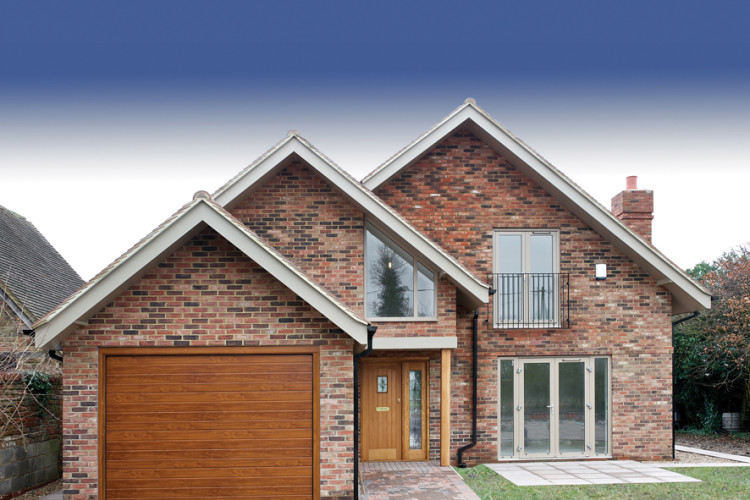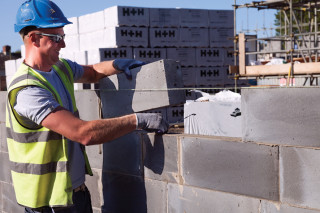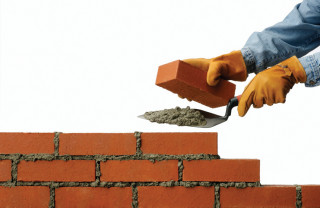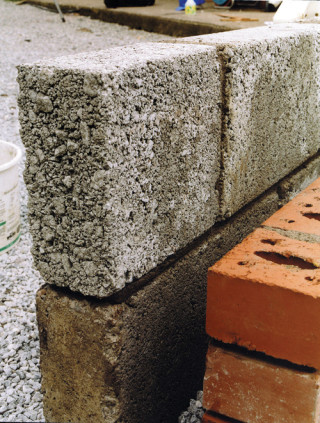It was one of the central recommendations of the ‘Rethinking Construction’ philosophy of Sir John Egan and it became a favourite hobby-horse of the so-called Movement for Innovation during the first decade of this century. We’re talking about off-site manufacture. And don’t, whatever you do, call it ‘prefabrication’ unless you want to seriously annoy someone.
It wasn’t a new idea even then; prefabricated buildings have been around for decades, if not centuries. Several of London’s post-War prefab bungalows are still standing, some of them now listed by English Heritage.
The main attraction of manufacturing entire buildings off-site is speed of delivery. Make a house in a factory and when the customer needs it, all you need is a concrete slab to assemble the components on and you’ve got a new house in a couple of weeks – instead of 20 or so for a traditionally-built house.
Of course, when the recession hit, nobody gave a stuff about rapid delivery: housebuilding just ground to a halt. But now we’re back up and running again and last September housing minister Brandon Lewis stood up at the National Housing Federation’s annual conference and urged the industry to adopt off-site prefabrication to speed up the provision of new housing. He meant it, too, because last month the government launched an ‘Offsite Supply- Chain Management School’ in London. Despite the apparently widespread appetite for off-site manufacture, timber frame – by far the most common form of off-site technology – still accounts for a tiny fraction of the total number of new buildings in the UK.
And when the housebuilding market got started again two or three years ago, it was bricks and blocks that the developers reached for, not high-tech off-site systems.
It’s hardly surprising that Mark Oliver should be sceptical about the virtues of offsite methods. He’s the managing director of H+H Celcon, one of the UK’s biggest makers of concrete blocks. And he believes that the current recovery in housebuilding proves that brick-and-block remains the most reliable method we have. “Advocates of off-site construction frequently make comparisons between the automotive industry and housebuilding, suggesting that increasing automation, factory production and standardisation will inevitably produce the results we are looking for,” says Oliver.
It’s an interesting comparison, he says, considering the track record of governments in the automotive sector. “Government intervention in the UK car industry of the 1970s preceded its collapse,” he observes.
Oliver insists that it is not for government ministers to prescribe methods or materials – that is a choice best made by the industry. “No-one is likely to deny that we need more housebuilding in this country – but I would contend that the government’s role is to create the conditions to allow volume building and leave it to the builders to decide the business model that will enable them to deliver,” he says.
“Given my role as MD of an aircrete block manufacturer, I am hardly a disinterested commentator,” admits Oliver, “but I have also been working in the construction sector for many years in different roles and have listened to the debate about off-site construction many times.” Oliver’s main concern is that too great a focus on encouraging off-site construction will deter product manufacturers from investing in the production capacity that the industry needs. Having been through a severe housebuilding recession, the brick and block manufacturers that are still supplying the sector are those that had the flexibility to reduce production, mothball plants and survive ready for the market to pick up.

Now, the existing plants are working flatout to meet demand. Additional manufacturing capacity is available – but it requires investment to bring them back on stream, says Oliver. “The last thing we want to do is suggest to the multi-national companies who own those facilities that the UK government is likely to coerce the housebuilding sector to use methods that would jeopardise the market for their products,” he says.
“And even if the government does choose to go down that path I don’t believe it will find a huge enthusiasm to invest in off-site construction,” continues Oliver. He notes that several big companies invested heavily in offsite manufacturing plants during the last housebuilding boom only to have to close facilities in the downturn.
Several companies (including four of the top ten housebuilders, notes Oliver) that were vertically integrated into off-site manufacturing in either steel or timber have since closed their factories or sold them on to other businesses that subsequently shut the doors. “Only two of the top 30 housebuilders still have their own off-site businesses,” he says. Product manufacturers also became involved with the off-site ‘experiment’, says Oliver: Tata Steel set up its Corus Living Solutions modular building plant and then had to make 180 people redundant when it closed in 2010.
“Even my company, H+H, went down this path in 2002 by opening a plant to manufacture storey-high wall elements and floor panels for use in modular construction,” admits Oliver. “That factory has since been converted to produce aircrete blocks.”
Besides speed of construction, proponents of off-site manufacture cite better quality control as one of the biggest advantages of the concept. And yet, says Oliver, their confidence was misplaced. When then deputy prime minister John Prescott was advocating a rapid move to off-site, seven ‘Millennium Villages’ were built with the aim of highlighting new building techniques. One of these, the Oxley Woods estate in Milton Keynes, used flat-packed houses of insulated steel panels overlaid with cedar cladding. Designed by signature architect Sir Richard Rogers, the development won many plaudits for the forward-thinking design of the houses. The 122-home estate is currently the subject of a £5m legal claim against Rogers’ firm brought by the developer over water penetration. So much for better quality, says Oliver. Such concerns have contributed to a decline in the use of prefabrication techniques for building homes, says Oliver, who says NHBC figures suggest that the market share for new timber-frame homes in England is now down to just 7%. Oliver believes that the government should focus on encouraging the construction of new homes and removing any barriers that prevent commercial organisations meeting the demand. The Help to Buy initiative is a step in the right direction, he says, as is legislation to simplify planning and speed up the availability of land for development. “Once companies can be confident of a sustained demand then you can be sure they will find the most efficient way to grow their market,” he says. His message to the politicians is that if they want more homes, they should encourage companies to invest:
“Ensure there can be a reasonable expectation that there is a long-term commitment to the policy and experimentation and innovation will follow, but don’t try to force the direction in which this moves.”
This article first appeared in the April 2015 issue of The Construction Index magazine. To read the full magazine online, click here.
To receive you own hard copy each month in traditional paper format, you can subscribe at
http://www.theconstructionindex.co.uk/magazine#
Got a story? Email news@theconstructionindex.co.uk






